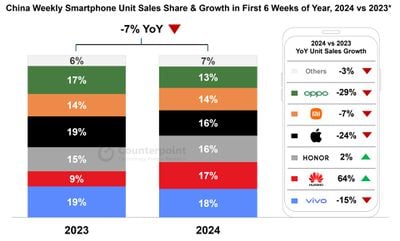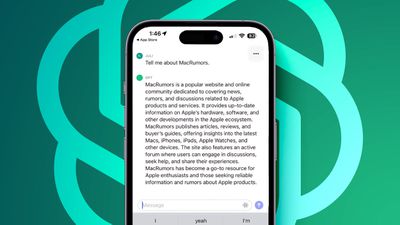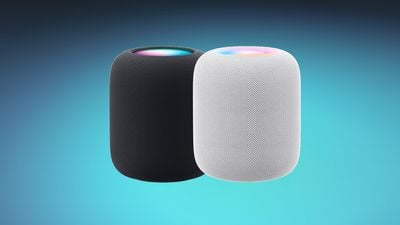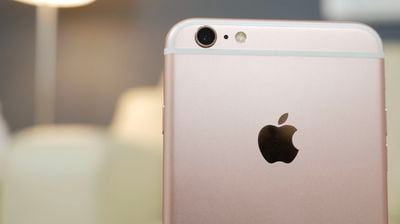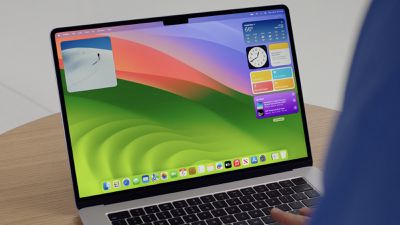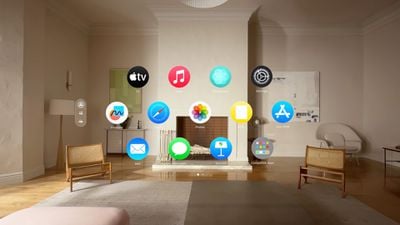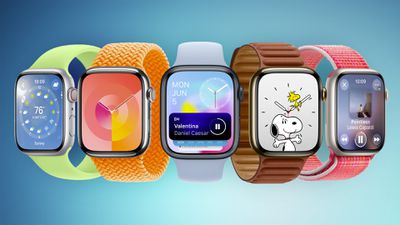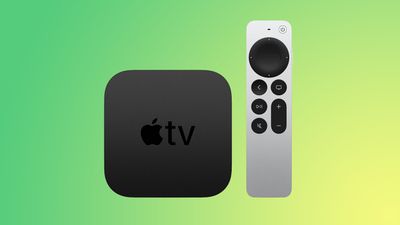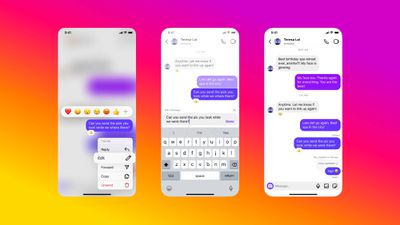Samsung has kicked off a Discover Samsung Spring Sale, which is set to run through the end of the week. During this event you'll find discounts on 4K and 5K Samsung monitors, including the popular ViewFinity S9 5K Smart Monitor and Smart Monitor M8, as well as storage, audio, TVs, smartphones, and home appliances.
 Note: MacRumors is an affiliate partner with Samsung. When you click a link and make a purchase, we may receive a small payment, which helps us keep the site running.
Note: MacRumors is an affiliate partner with Samsung. When you click a link and make a purchase, we may receive a small payment, which helps us keep the site running.
The highlight of the sale is the 27-inch ViewFinity S9 5K Smart Monitor for $899.99, down from $1,599.99. At $700 off this a new all-time low price on the 2023 display, which has a matte display, modular 4K SlimFit camera, and support for Thunderbolt 4.
Samsung's 27-inch Smart Monitor M8 is also being discounted during this sale, available for $349.99 in Sunset Pink, down from $699.99. Other colors, like Warm White, are priced at $399.99. This is a 4K smart monitor with a design that looks similar to the new iMac line, and it's at another new record low price during Samsung's Spring Sale.
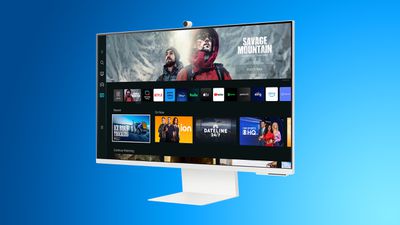
We've rounded up a collection of other discounts you can find during the new Discover Samsung Spring Sale below. Shoppers should note that some of these deals are timed and will only last today, while others are slated to stick around all week.
Monitors
- 27-inch Odyssey HDR10 Gaming Monitor - $249.99, down from $349.99
- 34-inch ViewFinity HDR10 Curved Monitor - $549.99, down from $699.99
- 49-inch Odyssey G9 Curved Gaming Monitor - $899.99, down from $1,299.99
- 34-inch OLED Curved Smart Gaming Monitor - $999.99, down from $1,499.99
- 49-inch Odyssey OLED G9 Curved Gaming Monitor - $1,199.99, down from $1,799.99
TVs/Audio
- Q-Series Wireless Dolby ATMOS Soundbar - $899.99, down from $1,399.99
- 55-inch QLED 4K TV - $899.99, down from $999.99
- 55-inch Neo QLED 4K Smart TV - $999.99, down from $1,499.99
- The Frame - Save up to $1,000 on select models
- 65-inch OLED S90C TV - $1,599.99, down from $2,599.99
- 85-inch Samsung Neo QLED 4K Smart TV - $2,399.99, down from $4,799.99
Smartphones
- Galaxy S24+ - Save up to $1,050 with participating carriers
- Galaxy S24 Ultra - Save up to $1,220 with participating carriers
- Galaxy Z Fold5 - Save up to $950 with participating carriers
- Galaxy Z Flip5 - Save up to $660 with participating carriers
Be sure to visit our full Deals Roundup to shop for even more Apple-related products and accessories.


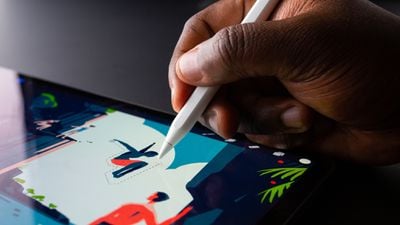
 Note: MacRumors is an affiliate partner with some of these vendors. When you click a link and make a purchase, we may receive a small payment, which helps us keep the site running.
Note: MacRumors is an affiliate partner with some of these vendors. When you click a link and make a purchase, we may receive a small payment, which helps us keep the site running.
